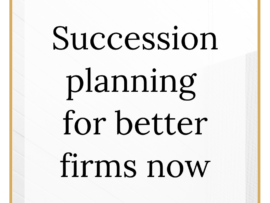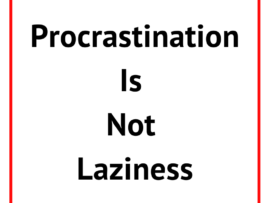18 Ways To Lead In A Digital First Workplace
0 Comments18 Top Tips – How can we lead, and thrive, in a remote, digital first, environment?
Whilst businesses have made significant changes over the last six months. Questions remain. Is it enough, and can we do more, to ensure our businesses thrive?
Here are 18 top tips taken from the last Talks & Tipples Leadership Breakfast, with guest speaker, Richard Maybury (aka Mr Productivity).
Leading Remote Teams – What Matters?
During the presentation Richard Maybury broke it down into three parts. Macro, Micro, and Nano Matters
Leading Remote Teams : Macro–Matters
- Your leadership brand is your company brand. Your employees, suppliers, and partners look at you, as much as your brand. What leadership shadow are you casting? Recommended overview.
- With increased competition, in a different market, there is often downward pressure on price, and spending decisions are made at a higher level. How will you adapt?
- Digitising the past is no guarantee of the future. People are ‘zoomed out’ because we have tried to take what we did, and digitise the past, into the future. We need to step up, and look at it differently. “If the rate of change on the outside exceeds the rate of change on the inside, the end is near.” Jack Welch
- Rethink Purpose and Trust. These are critically important. When times are tough, some go to price, others to trust. Stakeholders are evaluating us all of the time. Are we the partner, the supplier, that they can rely on?
- Rethink Work. Think ROWE (Results Only Work Environment). Plan, promote and reward outputs. We often start looking at input, when times feel difficult, focusing only on who is contributing. Instead, look at what needs more agile working, what people are creating, and where they are serving. Focus on a results only working environment. What is the best way to drive outputs? What explicit outputs are you comfortable, for your team, to hold you to?
- Rethink Structure. Employees come first, customers second. Consider turning the hierarchical structure upside down. In this reverse pyramid, it is the CEO’s role to ensure the Board get everything they need from them. The Board then do the same for their department heads, and so forth all the way up, to those that touch the customer. Ultimately, ensuring that those on the frontline get everything they need to be able to provide the best service. TED Talk recommendation here: Vineet Nayar – Employees first, customers second.
- Rethink Motivation and Autonomy. Most people aren’t motivated by what we think, money for example. Find out what is needed. TED Talk recommendation here: Hamdi Ulukaya – CEO “anti-CEO playbook” prioritising people over profits.
- Rethink Collaboration. Maximise the technology to move it away from only individuals. Move from ‘me’ to ‘we’. How do you bring people together?
Leading Remote Teams : Micro – Matters
- Remember that culture is, at its heart, simply the way we do things here. Review how do we build our culture now, how do we lead. Culture is critical. How do we protect our culture in a new environment, of a significantly distributed workforce, working in very different locations? We need to look at each subset, their experience, and their needs.
- Focus on the positive. Clarity is critical. Information, options, commitments, and actions, need to be communicated at a much higher level. We need everyone to be clear of each step and expectation.
- People are often doing a job and a half. This was hard enough before, and now many are consumed with too many meetings. Trying to simply take what we did before, online, isn’t working. Likewise, people can’t just turn their head left or right to ask a question. We need to focus on new ways of making this work.
- Define the highest value work, and defend the highest energy time, to carry out that work. Create protected time, so that everyone can focus on deep work, without emails, meetings, or interruptions.
- Consider timed agendas for every meeting. Everyone must come to each meeting fully prepared. Have short, daily, stand-up meetings, which are output, commitment and ambition focused.
- Avoid lazy labels, ie millennials, gen x, mothers, fathers. Manage the person in front of you. In a remote, digital first, workplace, it is harder to apologise. We need to focus on inclusivity.
- Check in before you ‘check up’ on people. Hold regular check-ins with no agenda. People are 3D and we are only seeing them in 2D. It is not a management meeting.
- Drip feed good news to employees and suppliers. It isn’t about marketing, it is about sharing good news.
Leading Remote Teams : Nano – Matters
- Support both autonomy and accountability. Ask, ‘when is the soonest that you will let me have that?’ Individuals can then set the time accordingly. They are making the commitment. Also, say yes more. It expands collaboration. TED Talk Recommendation Here – Dan Pink – Motivation – Autonomy Mastery Purpose
- ‘How are you?’, is longer a rhetorical questions (Ian Crocker). Ask it meaningfully, wait for the answer, and test the answer!
Some great tips, and whilst stage one has been getting things on an even footing. The next stage might be to focus on more: ‘How can we make this [business, team, culture, communication] even better than before?’
Next month we are talking about how to make team meetings worth the time, make them truly valuable, and who knows, perhaps even looked forward to!
I hope you can join us, please email me here on Simona Hamblet, if you would like to join us at our next Leadership Breakfast.
Simona

























































































































